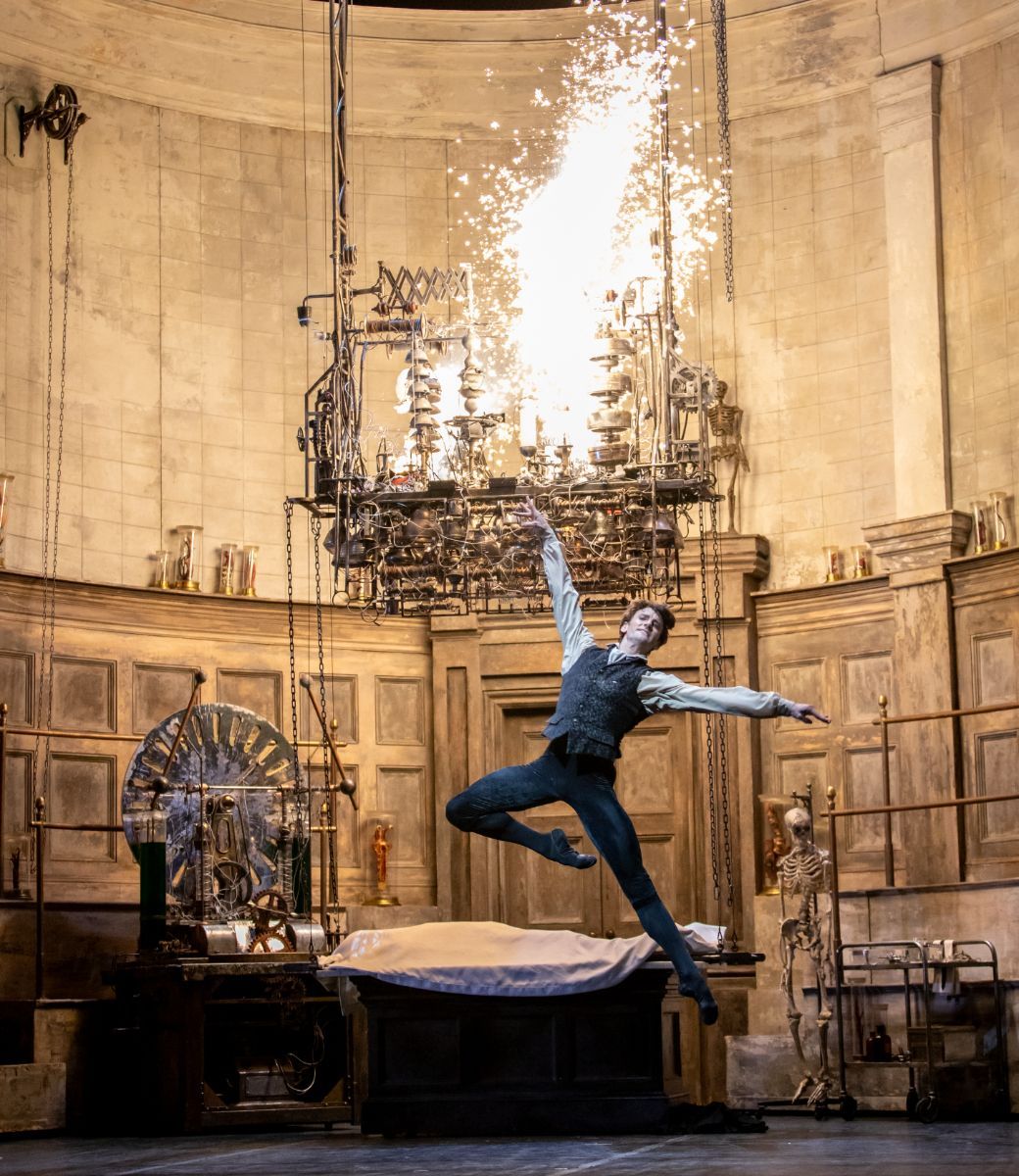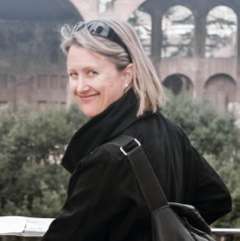I was wary, in truth, about the return of Frankenstein to San Francisco. I’d seen the ballet, a co-production with The Royal Ballet in 2017, and my thought afterward was, “Well done, glad I saw it once, but don’t need to see it twice.” It’s so very sad, after all, and bears a tragic heaviness beyond its story, based on the 1818 Gothic classic by Mary Shelley.

But a lot can happen in eight years. There’s been a pandemic. Dramatic shifts in politics. The meteoric rise of a choreographer whose verve and talent were taking the dance world by storm, only to be felled by allegations, torched by a sociopolitical movement, resulting in his death by suicide. Maybe, I thought, the story of Victor Frankenstein and his Creature would resonate more now. It was with this sentiment that I joined the crowds last Thursday night at the War Memorial Opera House for opening night of the late Liam Scarlett’s Frankenstein.
Staged by husband-and-wife team Joseph Walsh and Lauren Strongin, who’d premiered the roles of Victor and Elizabeth in 2017, Frankenstein is, in Scarlett’s own words, “a story of betrayal, curiosity, life, death, and above all, love.” We get a lot of the latter in Act 1, with the Frankenstein family taking in the orphaned Elizabeth, youthful capers melting into young-adult love, culminating in a beautifully danced pas de deux between Victor (Joseph Walsh) and Elizabeth (Frances Chung). Act 1, however, is over fifty minutes and covers a lot of exposition. Audience members restless to see the “mad scientist” scene will have to wait as we witness a marriage proposal, a household celebration, the death of Victor’s mother, mourning, all before Victor’s send-off to medical school.
At Ingolstadt University, scenic designer John Macfarlane’s anatomy-theater classroom is spectacular with its period-specific elements that include a late 18th century electrostatic machine, tubes and wires emitting staticky pops and snaps. Here, Victor’s professor demonstrates and poses the question the story revolves around: can dead matter, employing the scientific theory of galvanism, be reanimated?
An evening of reverie at a local tavern with the other students follows, a scene that feels superfluous but adds levity in the form of Victor’s hapless friend, Henry (an engaging Luca Ferró) and some raucous ensemble dancing. Victor, distracted, returns alone to the anatomy classroom. Inspiration strikes. A storm outside brews as Victor cranks up the electrostatic machine, Lowell Liebermann’s excellent score reaching a fever crescendo, Victor in a delirium of excitement, spinning and leaping as lightning flashes, sparks explode, and it’s as vivid and cinematic as ballet gets, aided by David Finn’s lighting and Finn Ross’s projections. The Creature is reanimated, a feat that terrifies Victor as well as the creature himself, who runs away.
Wei Wang as The Creature is a marvel. He dances both beautifully and clumsily in Act 2, learning through observing others. The imploring way he reaches out his arm in his solo, the graceful arabesques and turns in attitude are sublime. When he engages in a tender pas de deux with Victor’s blindfolded little brother, William (Bode Jay Nanola), we are all on his side, but it ends disastrously when he accidentally kills a panicking William.
Here, and later, Wang brings such beauty to his torment. It’s curious to call The Creature the most beautiful thing about the ballet, but in many ways he was. In spite of the unsightly stitches and blood splashes, his body is like something carved out of marble, museum art come to life. Wang's nuanced interpretation of The Creature, the humanness of his yearning for love and connection, made us really see him.
One of my favorite sections was in Act 3, an ensemble ballroom scene with glittering dress attire and a lyrical yet spooky waltz, reminiscent of Prokofiev’s Cinderella. Here, The Creature has become a master at slipping in and out of the dancing throng in the subtlest of ways. This disturbs Victor to no end, but at this point, I was sort of rooting for The Creature, almost annoyed by Victor’s continual anguish. By the end, though, there’s no rooting for a killer, and the story ends as sorrowfully and grimly as I’d remembered, the set and backdrop at the end now turned an apocalyptic orange amid a dark, jagged landscape. The closing moments are desperately sad and somehow, just how they needed to be.
I’ve always loved Liam Scarlett's work, particularly Hummingbird and Die Toteninsel, and my hope is that the San Francisco Ballet will revive these ballets again. In the meantime, seeing Frankenstein in its 2025 incarnation feels worthy and redemptive.


